Rise of Athleisure Fashion
The athleisure trend, which blends athletic wear with casual fashion, is having a profound impact on The Global Sports Eyewear Industry. As consumers increasingly adopt athleisure as a lifestyle choice, the demand for stylish and functional sports eyewear is on the rise. This trend is not only limited to athletes but also appeals to the general population who prioritize comfort and style in their daily wear. Market analysts indicate that the athleisure segment is expected to grow significantly, with sports eyewear becoming a fashionable accessory. Brands are responding by designing eyewear that caters to both performance and aesthetic appeal, thereby attracting a wider audience. This convergence of fashion and functionality is likely to drive sales and expand the market reach of sports eyewear brands.
Growing Awareness of Eye Health
There is a notable increase in awareness regarding eye health, particularly among athletes and sports enthusiasts. This growing consciousness is driving the demand for protective eyewear in The Global Sports Eyewear Industry. Consumers are becoming more informed about the risks associated with UV exposure and the potential for eye injuries during sports activities. As a result, there is a heightened emphasis on purchasing eyewear that offers adequate protection and enhances visual clarity. Market data suggests that sales of sports eyewear with UV protection features have seen a significant uptick, reflecting this trend. Additionally, educational campaigns by health organizations are further promoting the importance of eye safety in sports, which is likely to sustain the growth of the market in the coming years.
Expansion of E-commerce Platforms
The expansion of e-commerce platforms is transforming the way consumers purchase sports eyewear, thereby influencing The Global Sports Eyewear Industry. Online shopping offers convenience and a wider selection of products, which is appealing to tech-savvy consumers. The rise of digital marketing strategies and social media advertising is also playing a crucial role in reaching potential customers. Market data indicates that online sales of sports eyewear have increased significantly, with many consumers preferring to shop from the comfort of their homes. This shift towards e-commerce is likely to continue, as brands invest in enhancing their online presence and improving customer experience. Consequently, the growth of e-commerce is expected to contribute positively to the overall expansion of the sports eyewear market.
Technological Innovations in Eyewear
Technological advancements in eyewear design and materials are significantly influencing The Global Sports Eyewear Industry. Innovations such as anti-fog coatings, polarized lenses, and lightweight materials are enhancing the performance and comfort of sports eyewear. For instance, the introduction of smart eyewear, which integrates augmented reality features, is gaining traction among athletes seeking to improve their performance. The market is projected to grow as these technologies become more accessible and affordable. Furthermore, the integration of advanced lens technologies that adapt to varying light conditions is likely to attract a broader consumer base. As athletes increasingly seek products that enhance their performance, the demand for technologically advanced sports eyewear is expected to rise, indicating a dynamic shift in consumer preferences.
Increasing Participation in Sports Activities
The rising trend of health consciousness among individuals appears to be driving an increase in participation in various sports activities. As more people engage in sports, the demand for appropriate sports eyewear is likely to rise. The Global Sports Eyewear Industry is witnessing a surge in sales, with projections indicating a compound annual growth rate of approximately 5% over the next few years. This growth is attributed to the increasing awareness of the importance of eye protection during sports, which is further fueled by campaigns promoting active lifestyles. Consequently, manufacturers are focusing on developing eyewear that not only enhances performance but also provides adequate protection against UV rays and physical impacts. This trend suggests a promising future for the market, as more consumers prioritize both functionality and safety in their sports eyewear choices.


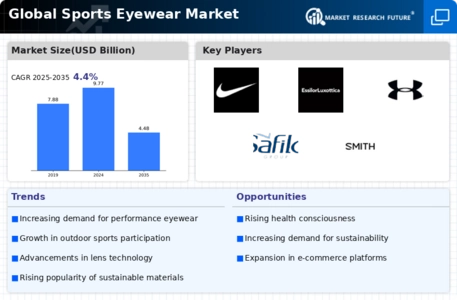
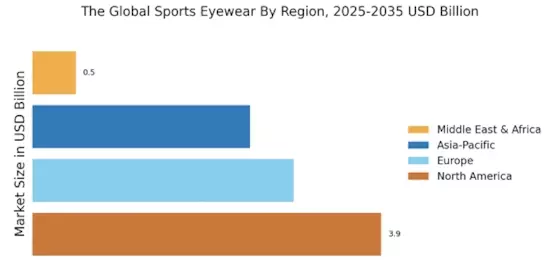
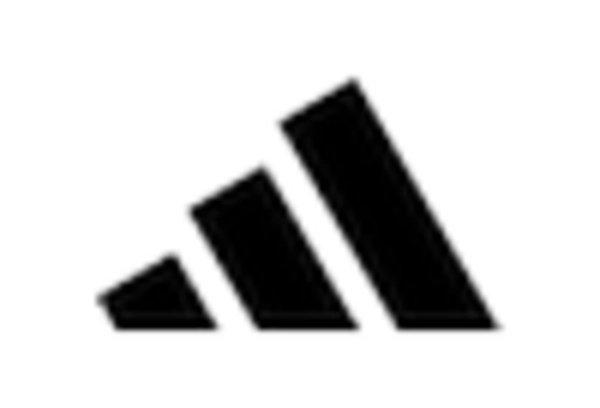
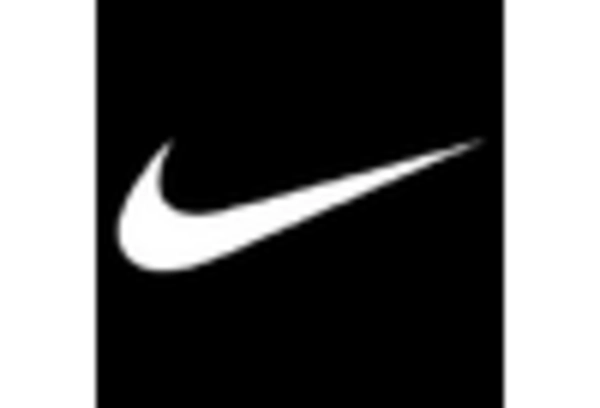
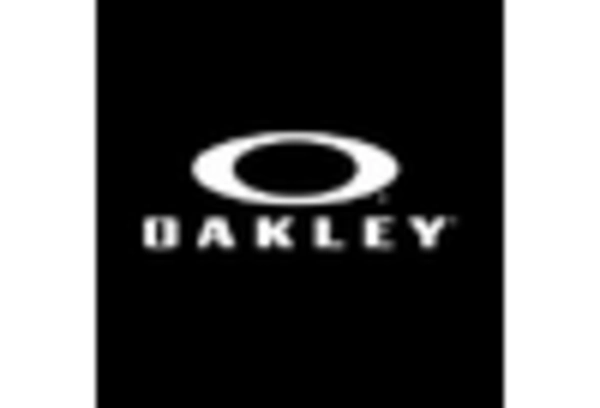
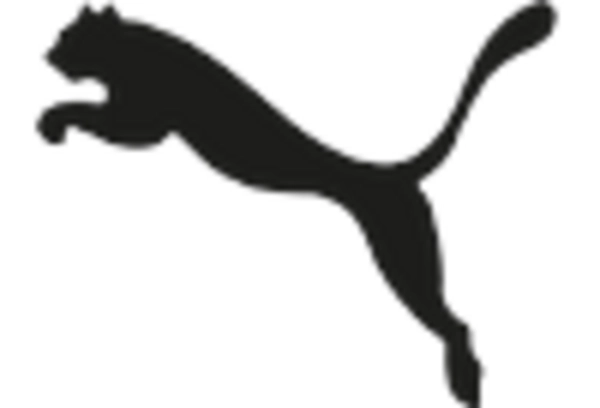
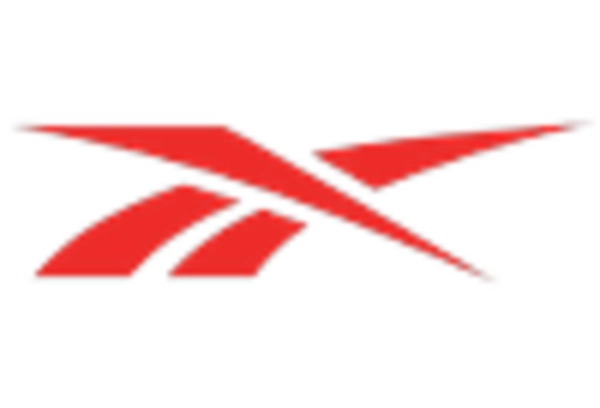
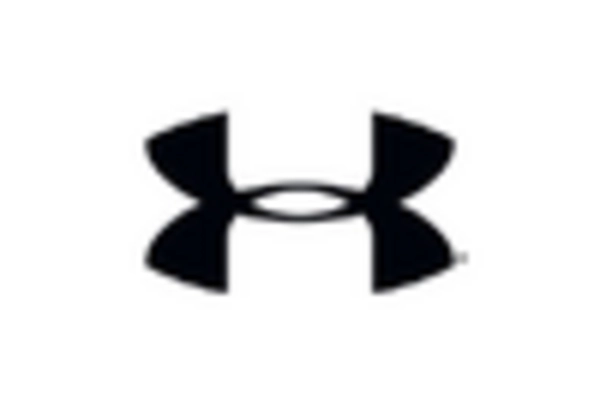








Leave a Comment